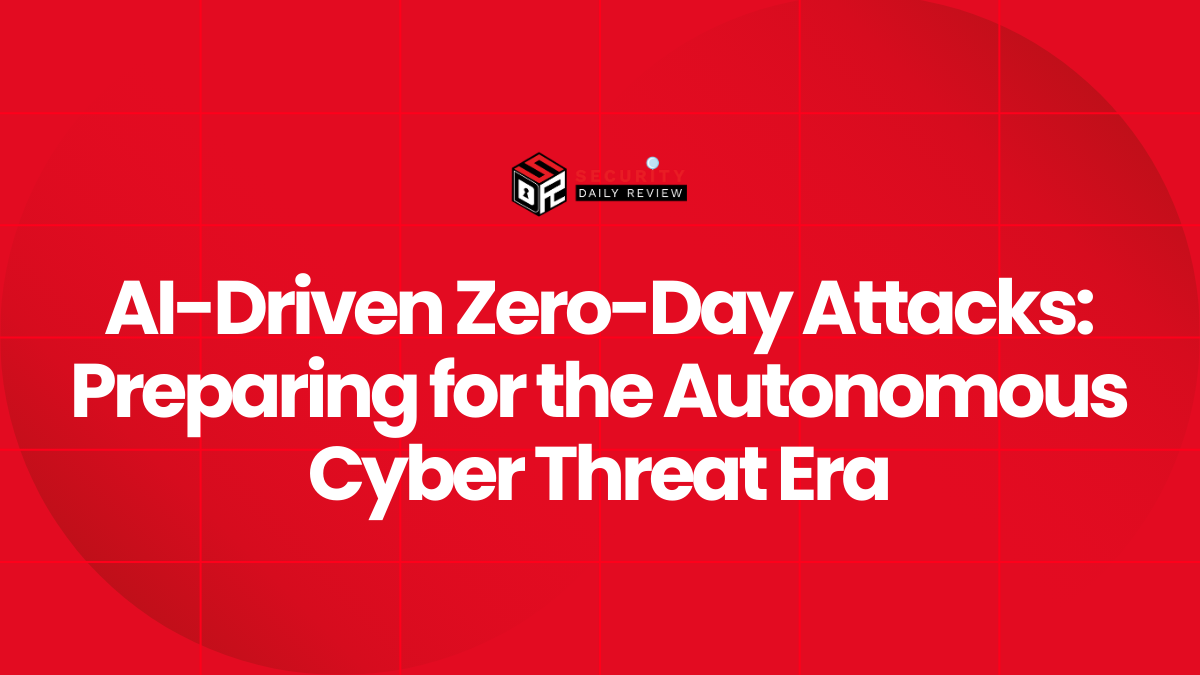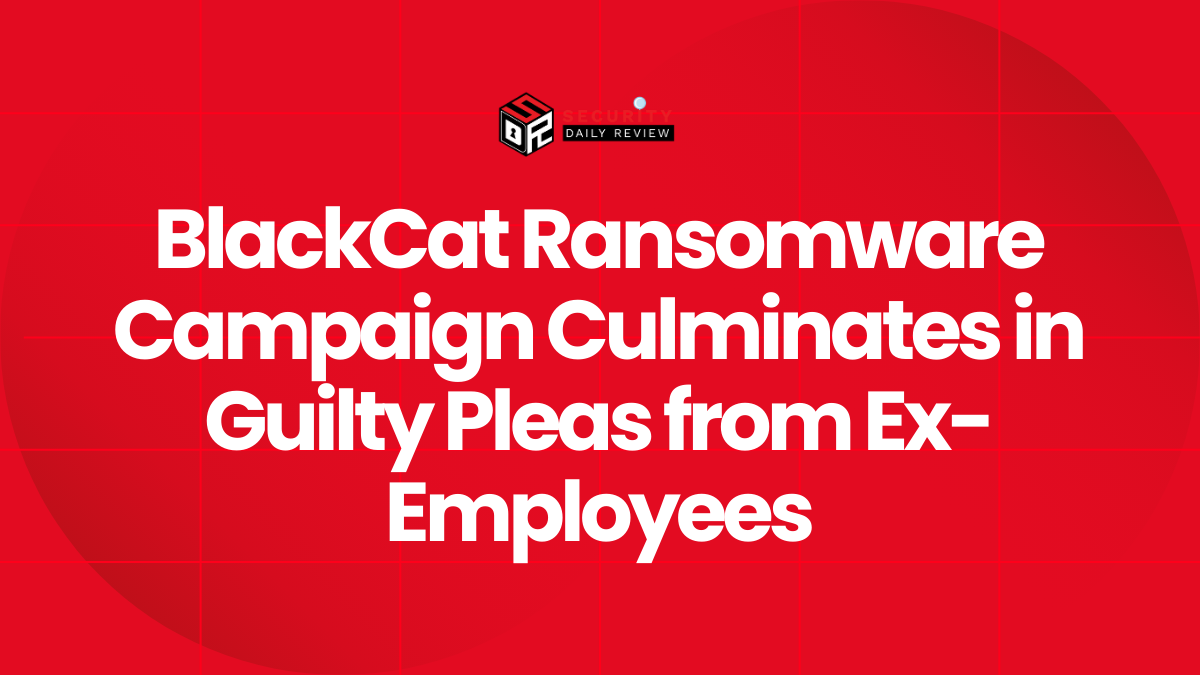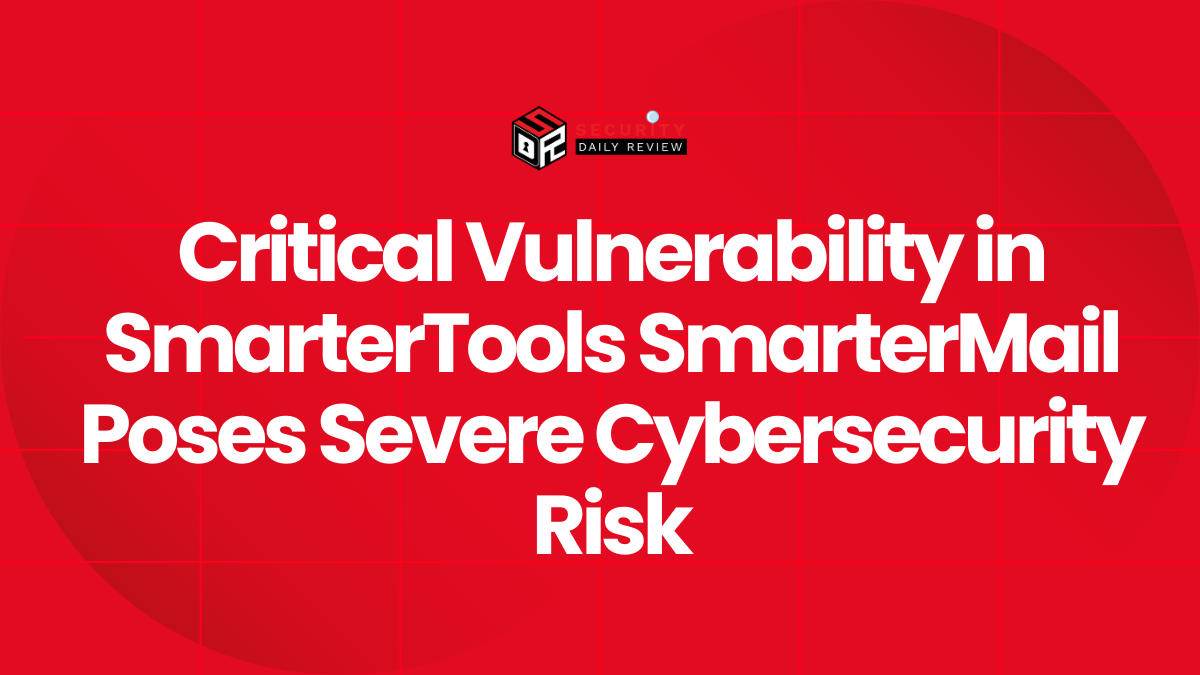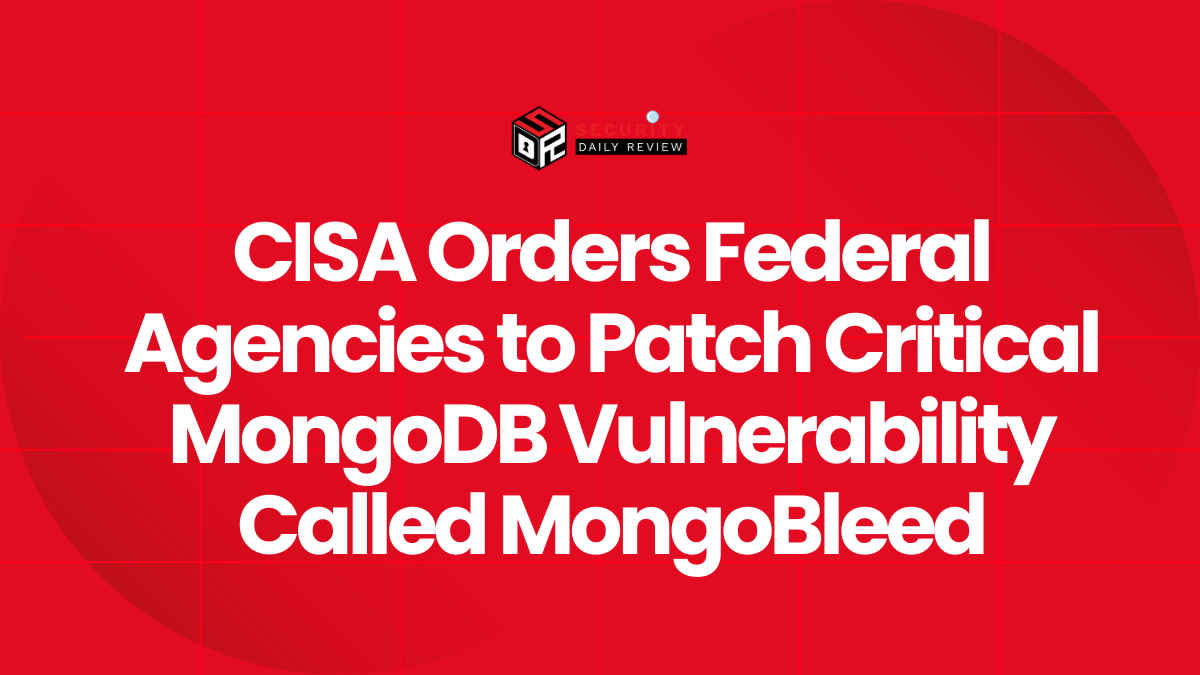The cybersecurity landscape is on the cusp of a profound shift: the rise of AI-driven zero-day attacks launched by autonomous agents. As cybercriminals embrace artificial intelligence (AI) to build untraceable, highly adaptive, and increasingly autonomous threats, defenders must confront a new security paradigm that demands more than traditional firewalls and patch management. Industry leaders, researchers, and vendors are warning that cyber defense must quickly evolve to rival the pace at which attacker capabilities are advancing—before organizations find themselves outmatched by machine-led adversaries.
AI Agents are Positioned to Take Over the Offensive Cyber Battlefield
Autonomous AI agents are no longer speculative—they’re active in multiple domains, from autonomous driving to automated threat response. These advanced generative AI systems can independently execute complex tasks with minimal human input, adapting strategies on the fly and observing their environments dynamically. But these same capabilities, when weaponized, introduce a dangerous offensive toolkit.
Personalized Zero-Day Exploits are Becoming More Feasible and Harder to Detect
According to cybersecurity veteran John Watters, AI agents are now capable of launching zero-day attacks that exploit not just common software vulnerabilities, but personalized weaknesses in individual systems—a radical departure from conventional cyberattacks. Operating with minimal or no human oversight, these attacks can remain undetected, leveraging legitimate services and hijacked AI systems such as chatbots to carry out evasive campaigns at scale.
“AI agents can execute goal-driven attacks that are autonomous, adaptive, and often untraceable,” Watters emphasized in two separate interviews. “They don’t just find zero-days— they create personalized ones.”
The strategic and operational implications are enormous. Unlike traditional malware, which can be reverse-engineered and blocked, AI-driven attacks are more ephemeral. Once triggered, they may morph their behavior dynamically, invalidating signature-based detection and reactive defenses.
Cyber Defenders Must Pivot to AI-Driven Countermeasures
The defense community is beginning to respond—but urgency is high. The emergence of what experts call AI Detection and Response (AI-DR) systems marks an initial attempt to close the accelerating innovation gap between attackers and defenders. These early systems mirror the reactive-adaptive behavior of advanced AI agents, tracking anomalous behavior patterns and learning from historical data.
Microsoft’s AI Copilot Push Reflects a Shift Toward Defensive Automation
One practical implementation of AI-DR is Microsoft’s security-focused Copilot platform. Announced earlier this year, Microsoft is rolling out 11 new AI agents—six built in-house, and five supplied by partners—that embed into existing security tools. These agents automate routine incident triage, filter false positives by learning from operator feedback, and help SOC teams focus on real threats without burning out. This defensive AI initiative illustrates a broader industry trend toward workforce augmentation and operational sustainability.
Securing AI Agents Themselves: A Foundational Framework Emerges
While using defensive AI is crucial, so too is securing the very agents running in enterprise environments. The Aegis Protocol, introduced in an academic paper by researchers in August 2025, offers a technically rigorous framework to secure open ecosystems of autonomous agents.
The Aegis Protocol Combines DID, PQC, and ZKP for Layered Trust
The Aegis Protocol introduces a multi-layered design based on:
- Decentralized Identities (DIDs) : Non-spoofable digital identities using the W3C DID standard.
- Post-Quantum Cryptography (PQC) : NIST-standard algorithms that ensure communication remains secure in a post-quantum world.
- Zero-Knowledge Proofs (ZKPs) : Using the Halo2 system to enable privacy-preserving verification of policy compliance.
Security evaluation of the protocol simulated 1,000 interconnected agents and logged 20,000 attack attempts with a 0% success rate—an early but promising signal of its effectiveness. The median latency for cryptographic proof generation was 2.79 seconds, setting a performance benchmark for secure AI infrastructures.
Legal and Operational Risks Require More Than Technology
While the technical developments are critical, they cannot stand alone. AI agents introduce not only cybersecurity threats but legal and operational liabilities. As Reuters reported, autonomous AI systems can unintentionally violate laws, misrepresent enterprises, or cause harm if misaligned with human intentions or corporate ethics.
To manage these risks effectively, organizations must:
- Build robust AI governance frameworks ,
- Mandate frequent risk and bias audits ,
- Clarify legal responsibilities through contracts and documentation,
- Maintain ongoing human oversight , and
- Invest in employee training to manage AI-augmented workflows.
These measures are vital to prevent unintended consequences and to maintain control and accountability even as autonomy scales.
Venture Investment and Industry Traction Confirm the High Stakes
Industry momentum behind both AI cybersecurity and AI-augmented threats is accelerating. According to Watters, venture capital investments in AI-focused cybersecurity firms have exceeded $730 million since 2022—a clear indicator that the market sees both a risk and an opportunity.
He expects that by next spring, a wave of new startups will enter the AI-DR and defensive AI sectors, competing to bring intelligent, adaptive threat detection to market. The upcoming RSA Conference is poised to pivot heavily toward AI security, mirroring the urgency seen across boardrooms and security operation centers alike.
Preparing Now for an Autonomous Threat Future
The emergence of AI-driven zero-day attacks represents a new class of cybersecurity challenge. Autonomous agents blur the lines between attacker, tool, and botnet; their capabilities to create personalized exploits, propagate covertly through digital ecosystems, and manipulate other AI models pose existential questions about the future of cyber defense.
To stay ahead of these AI-powered threats, organizations need to pursue a multi-pronged strategy:
- Adopt and deploy AI Detection and Response (AI-DR) tools now, not later.
- Explore secure agentic frameworks like Aegis Protocol to prepare for agent-based operations.
- Update risk management and legal compliance models to reflect autonomous AI behaviors.
- Don’t just monitor attackers—infuse AI into defensive processes and continuously retrain models in real world conditions.
Ultimately, the only way to stop an autonomous AI-driven attacker may be with an autonomous AI defender. Cybersecurity teams must prepare not for the threats they know, but for adversaries that can learn, adapt, and scale faster than any human.









